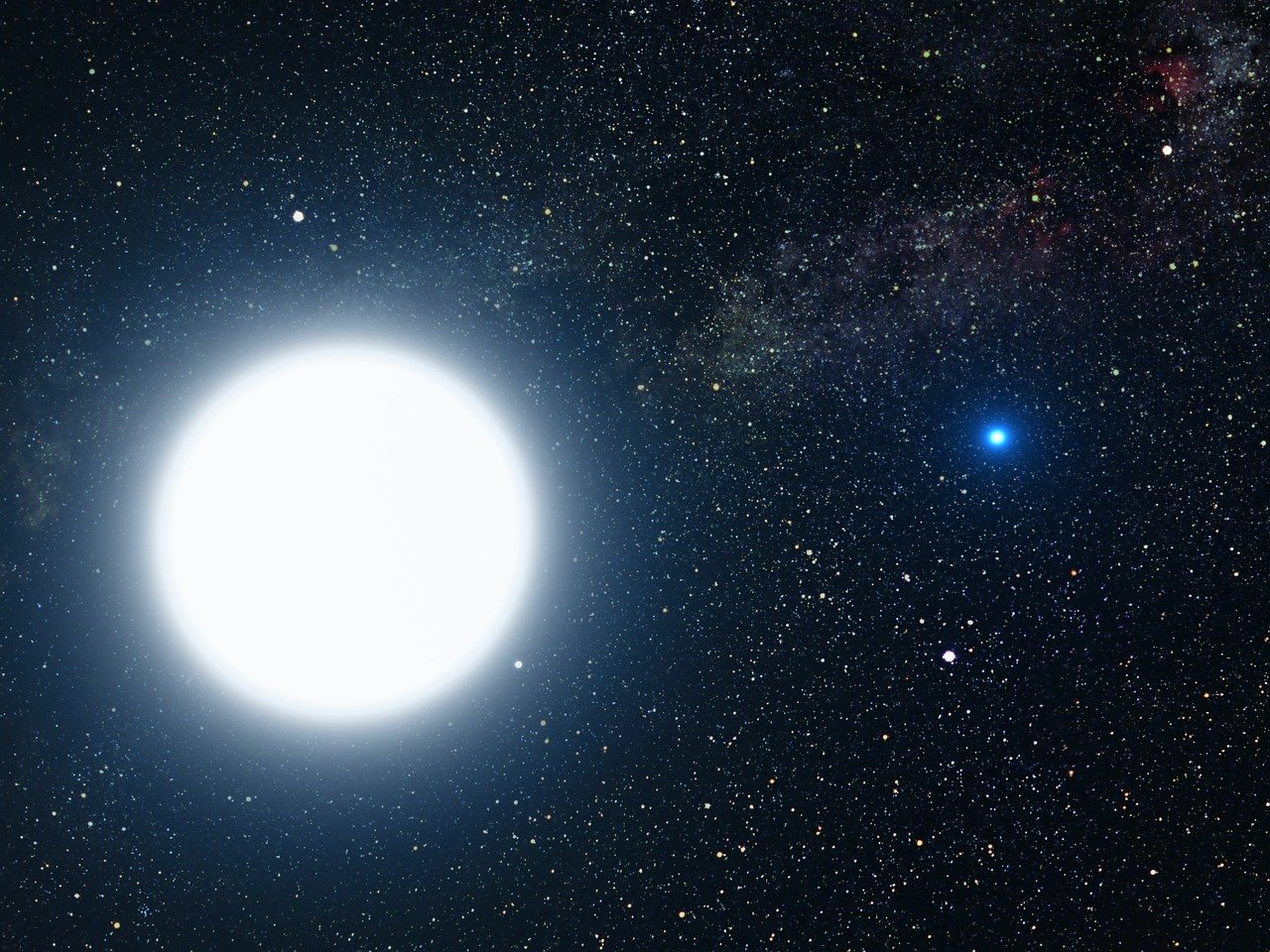
Vocabulary:
- habitable /HAB-i-tuh-buhl/
- radiate /REY-dee-eyt/
- hypothetical /hahy-puh-THET-i-kuhl/
- fluctuate /FLYHK-choo-eyt/
- gravity /GRAV-i-tee/
[adjective] – providing conditions that are good enough to live in
Some parts of the country are simply too cold to be habitable.
[verb] – to produce heat and/or light, or (of heat or light) to be produced
Jupiter absorbs twice as much heat from the Sun as it radiates from its surface.
[adjective] – imagined or suggested but not necessarily real or true
This is all hypothetical, but how would Jackie’s job affect you if she got it?
[verb] – to change, especially continuously and between one level or thing and another
Her wages fluctuate between $200 and $250 a week.
[noun] – the force that attracts objects toward one another, especially the force that makes things fall to the ground
Anything with strong gravity attracts other things to it.
Article reading:
The planet was discovered in the “habitable zone” of the star, where it is neither too cold nor too hot for life to exist. The research was published in the Royal Astronomical Society’s monthly notices. The observation was absolutely unique to astronomers, according to Prof. Jay Farihi of University College London, who led the study. “This is the first time that anything has been seen in the habitable zone of a white dwarf. And thus there is a possibility of life on another world orbiting it,” he told in an interview. When huge stars die, they become black holes, but smaller stars, such as our Sun, become white dwarfs, or stars that have burned up all of their nuclear fuel and lost their outer layers. When they first form, they are the size of a planet and radiate a bluish-white light. The hypothetical planet is 60 times closer to the star than our planet is to the Sun, and it is 117 light-years away from Earth.
The researchers don’t have clear proof of the planet’s existence, but the movement of 65 Moon-sized objects around the white dwarf’s habitable zone suggests it exists. The distance between the structures does not fluctuate, indicating that they are affected by the gravity of a nearby planet. “Usually in astronomy, if we find one, it usually means that it’s common,” said Prof. Farihi.
Discussion Questions:
- What newly discovered planets do you know of? Please elaborate on your answer.
- Based on your knowledge, what makes a planet potentially habitable? Please explain your answer?
- If the planet orbiting a white dwarf star were habitable, what would like to live there? Why?
- Do you believe that the planet mentioned in the article supports life?
- What do you think of the planet orbiting a white dwarf star? Please explain your answer?
Summarization
Describe:
- region
- potentialy
- observation
- layer
- common